Guest writer: Anna Nilsson Spets
Hand on heart, do you know where the Comoros are? Or the Perfume Islands? The Moon Islands?
I didn't know it either until I let Google maps maximise the magnification along the east coast of Africa, there they were, the four flypaper-sized islands, in the middle of nowhere between Madagascar and the Seychelles. Let's go!
The Comoros consists of four islands: Grand Comoros/Ngazidja, Moheli/Mwali, Anjouan/Nzwani and Mayotte/Maore. However, Mayotte is governed from France. The archipelago also includes a number of small islands, more or less inhabited. The archipelago is also known as the Perfume Islands because of the cultivation of ylang ylang, the fragrant flowers that are the base of many perfumes. The name Moon Islands comes from the Arabic word qamar = moon.
It is 32 hours since I left home (Brussels-Amsterdam-Nairobi-GC) as the plane flies in over Grand Comoros. The coast is lined with windswept stone houses, the inland is tropical bright green and the sea is postcard turquoise. The international airport is chaotic, with paperwork to be checked and stamped; there are no computers or apps here. Everything has to be on paper and copies are kept. It's 32 degrees centigrade and sweat runs down your back.
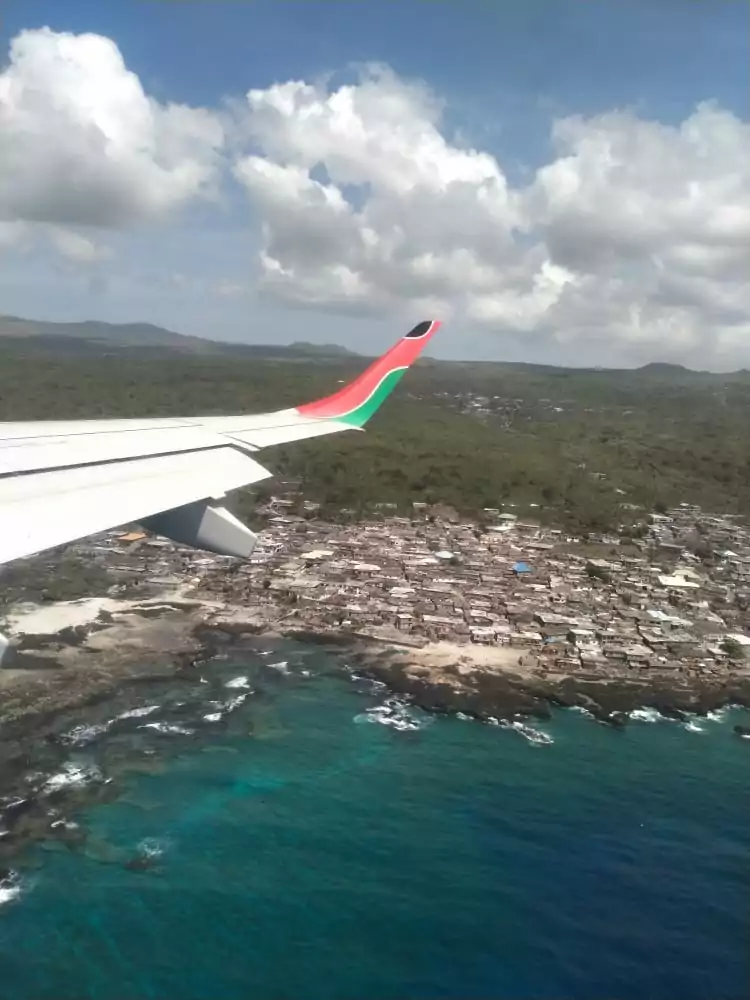
The taxi to the capital, Moroni, takes 30 minutes on the coastal road, passing the island's only luxury hotel and celebrating the daily life of stone and coal mining opposite.
My accommodation Jardin de la Paix has neither my booking nor a computer. They have never seen my hotel confirmation either, it all works out when the so-called manager shows up after x number of hours. It was like Welcome to Africa and the country without infrastructure...
The hotel turns out to be simple but really nice, good food and both internet and aircon when the electricity did not sway.
Moroni, the capital of the Comoros, wakes and falls asleep with the minaret's cry. The old Friday Mosque dates back to the 15th century, a beautiful piece of architecture that I could unfortunately only see from the outside. Even if I had been able to cover my hair and take off my shoes, it was a no-go-zone, which I was told both once and twice. Just to respect but sad not to see as it was currently empty.
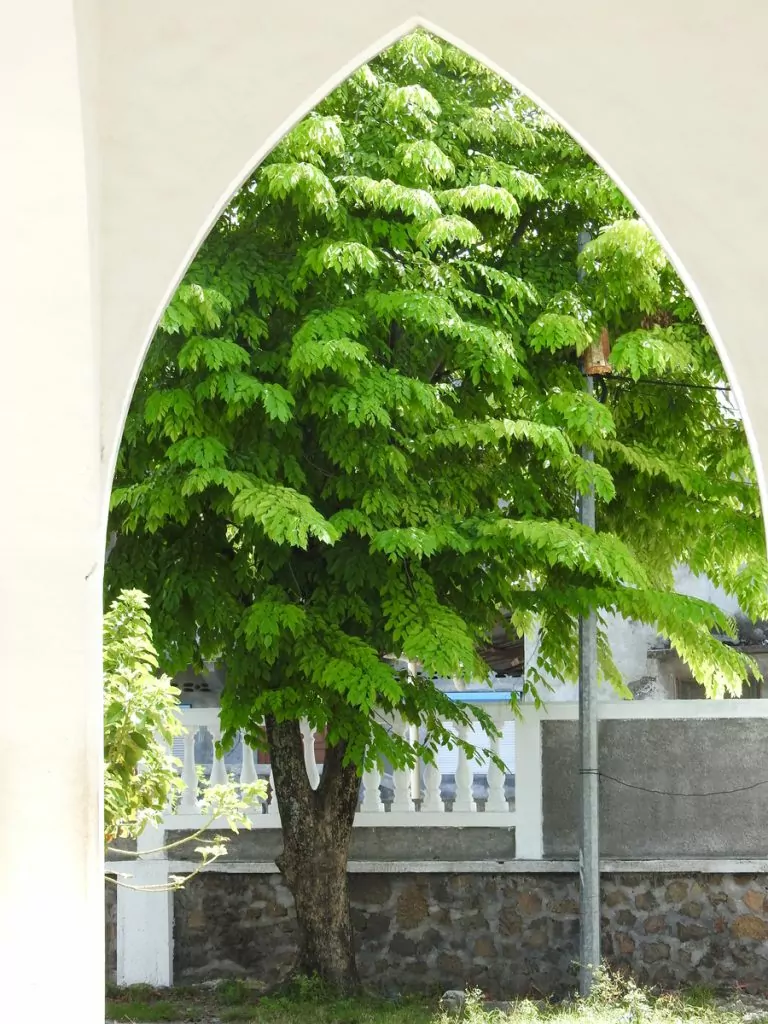
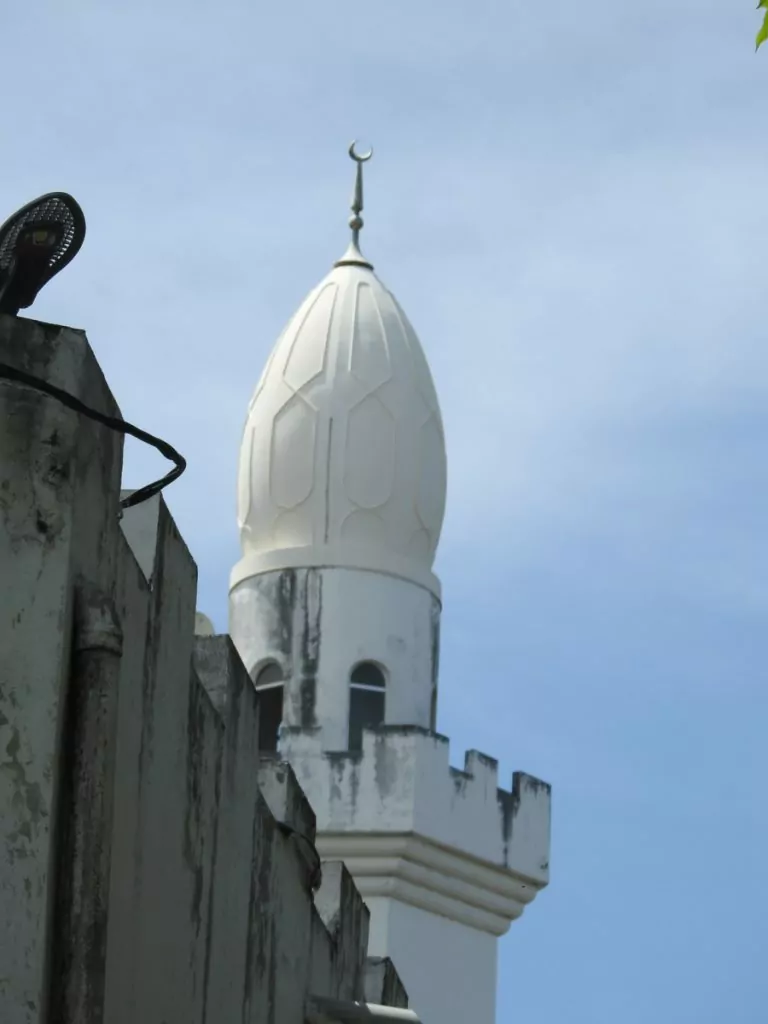
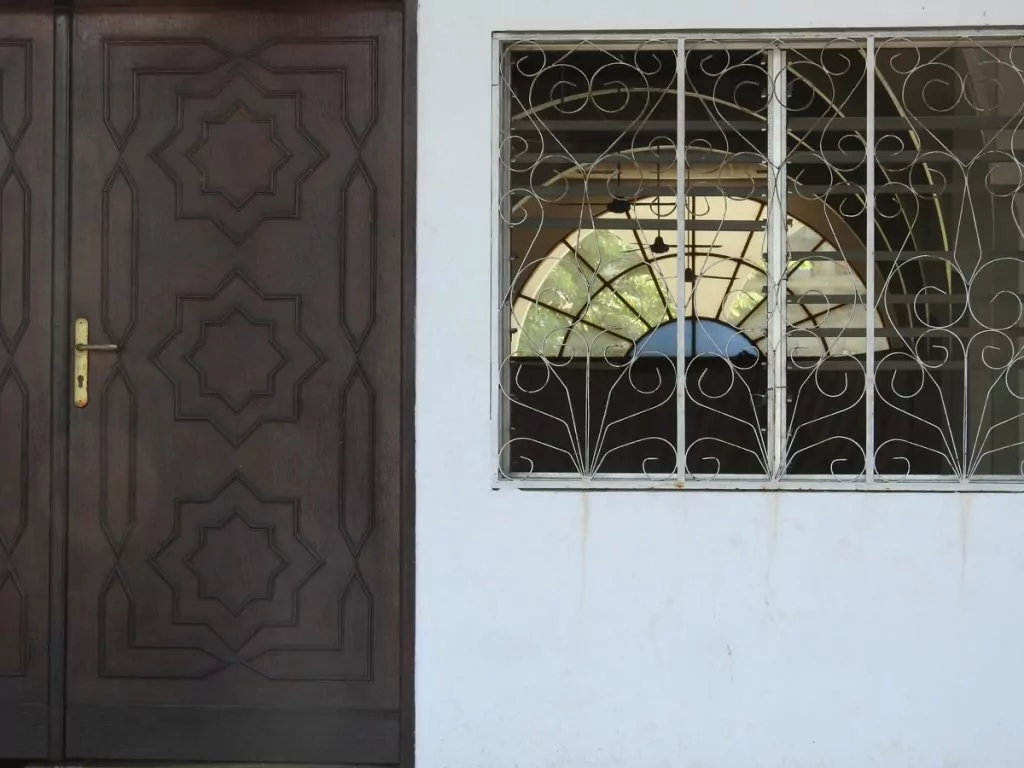
The Volo Volo market is buzzing with activity, it is extremely difficult to photograph and I try to hide behind corners and zoom in on daily life. The aromas of freshly harvested papaya and mango mingle with the heavy smell of blood from the butcher's goods. Exhaust fumes cover everything, taxis honk and motorbikes weave between stalls. The alleys and doors are reminiscent of Stone Town in Zanzibar.
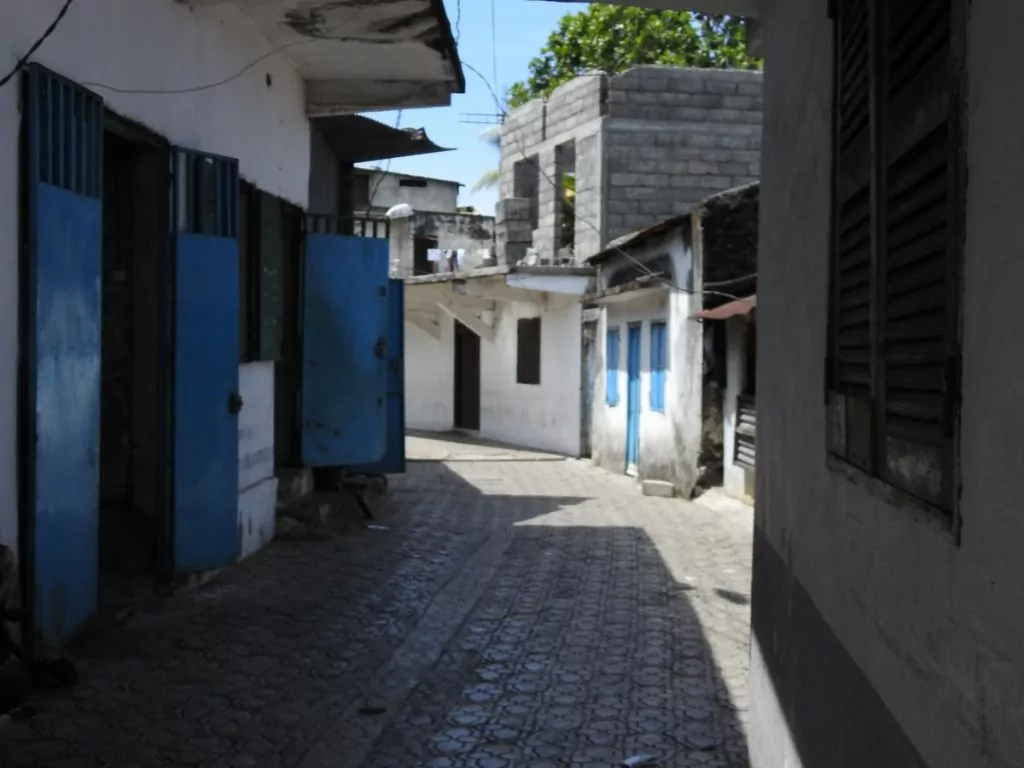
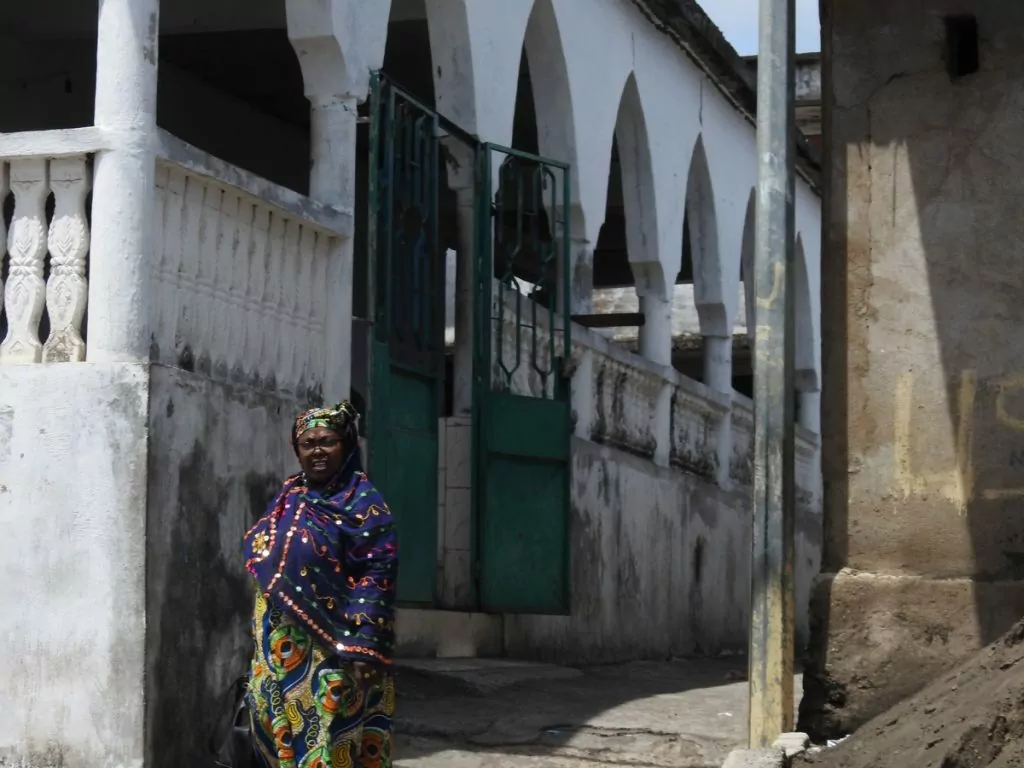
The cigarette saleswoman sells loose cigars and sends her daughter to the neighbouring stall as the big customer of the day (me) wants three packs. Petrol is poured into petrol bottles and sold by the litre.
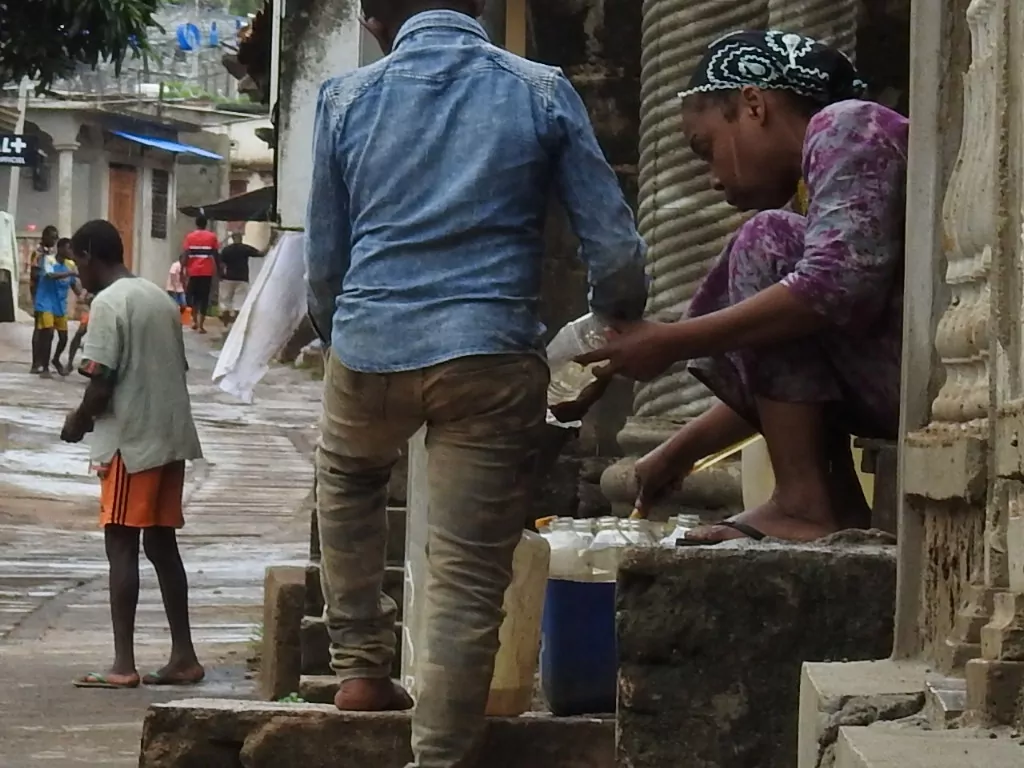
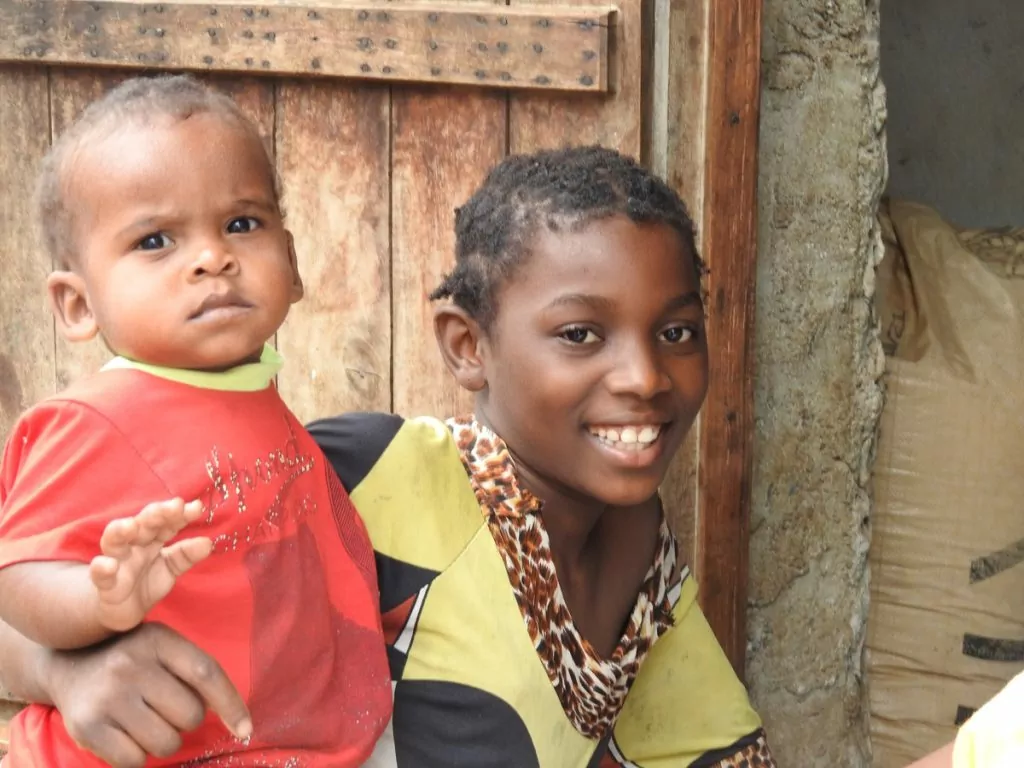
The harbour is messy, rubbish lines the street and this is where the day's catch comes ashore. Large swordfish are weighed, sold and loaded onto wheelbarrows and disappear. Some women pick sea snails at the water's edge and children swim among the rubbish in the water.
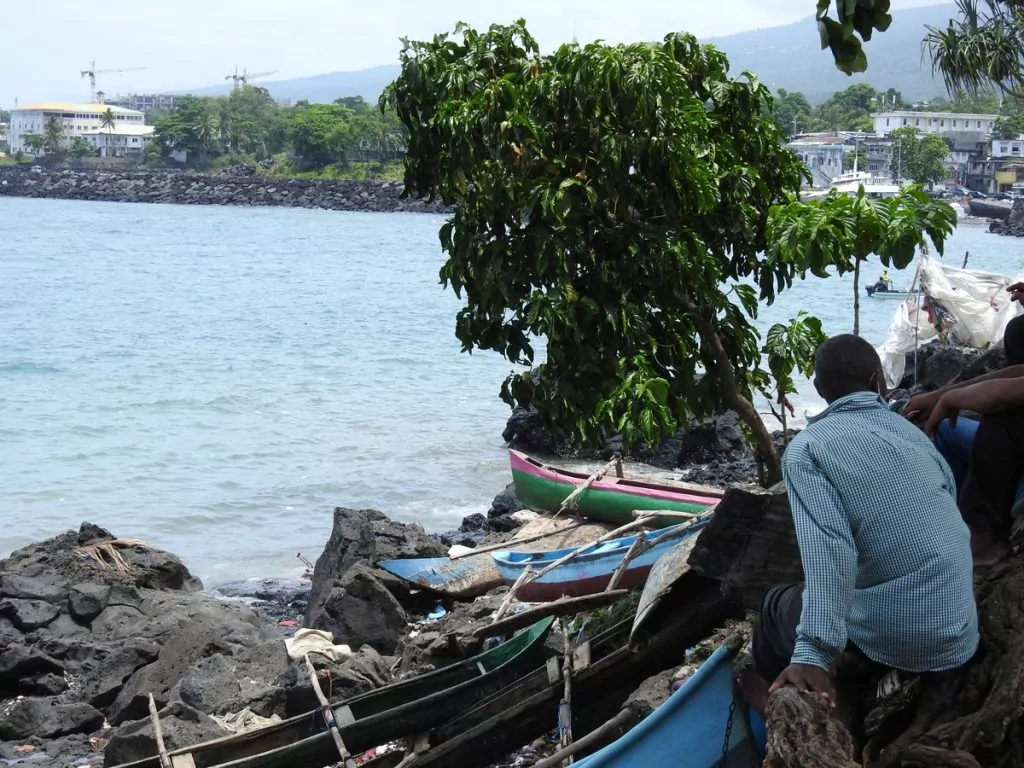
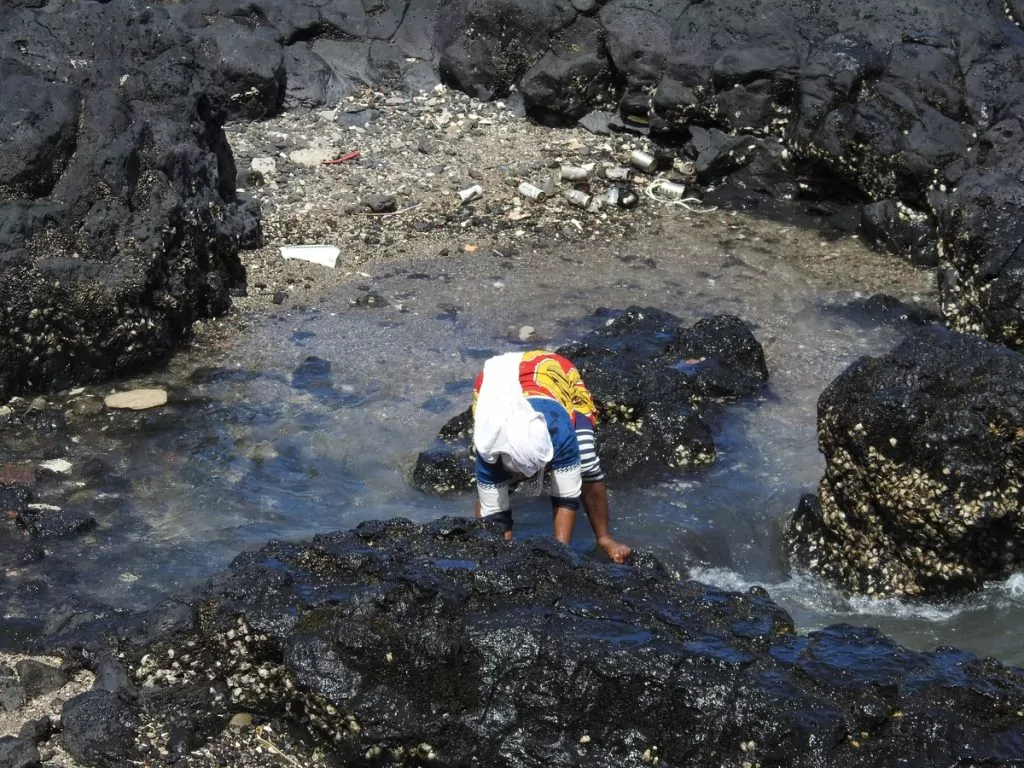
Tourism is not a big thing in the Comoros, the archipelago is visited by a couple of thousand per year, the accommodation is few and getting a guided tour around the island is done by a single company, Adore Comoros, specialising in ecotourism. My guide and driver for today's tour is called Omar, he has two wives and six children, he tells me in excellent English. In the Comoros, French, Comorian and Arabic are the common languages.
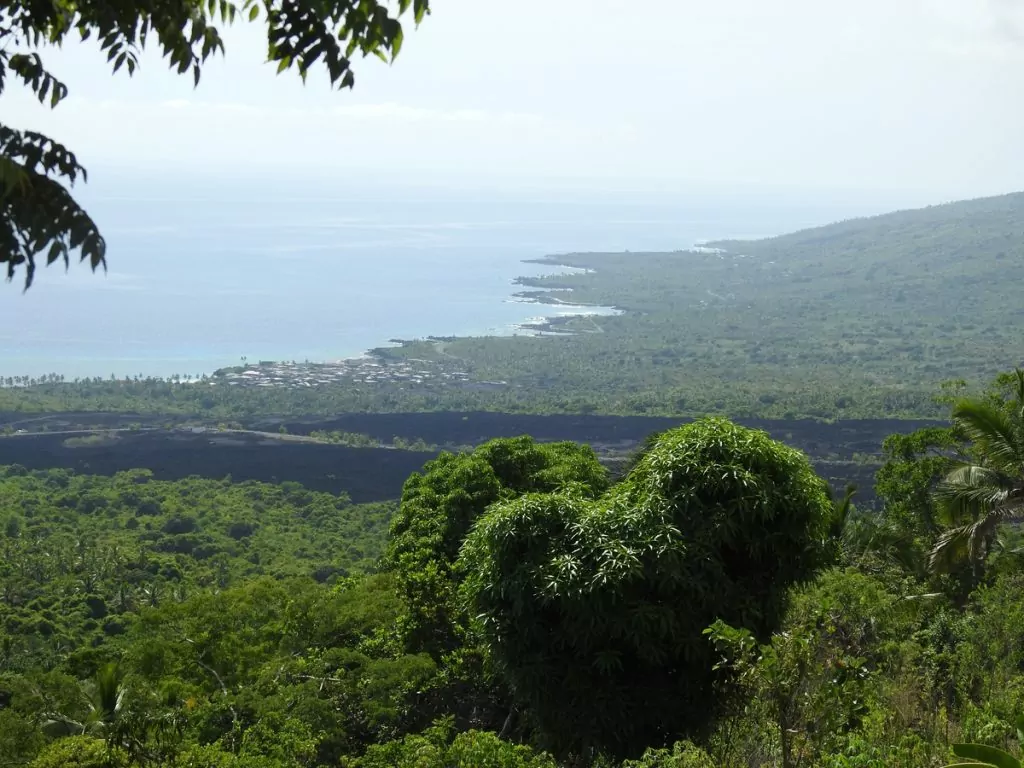
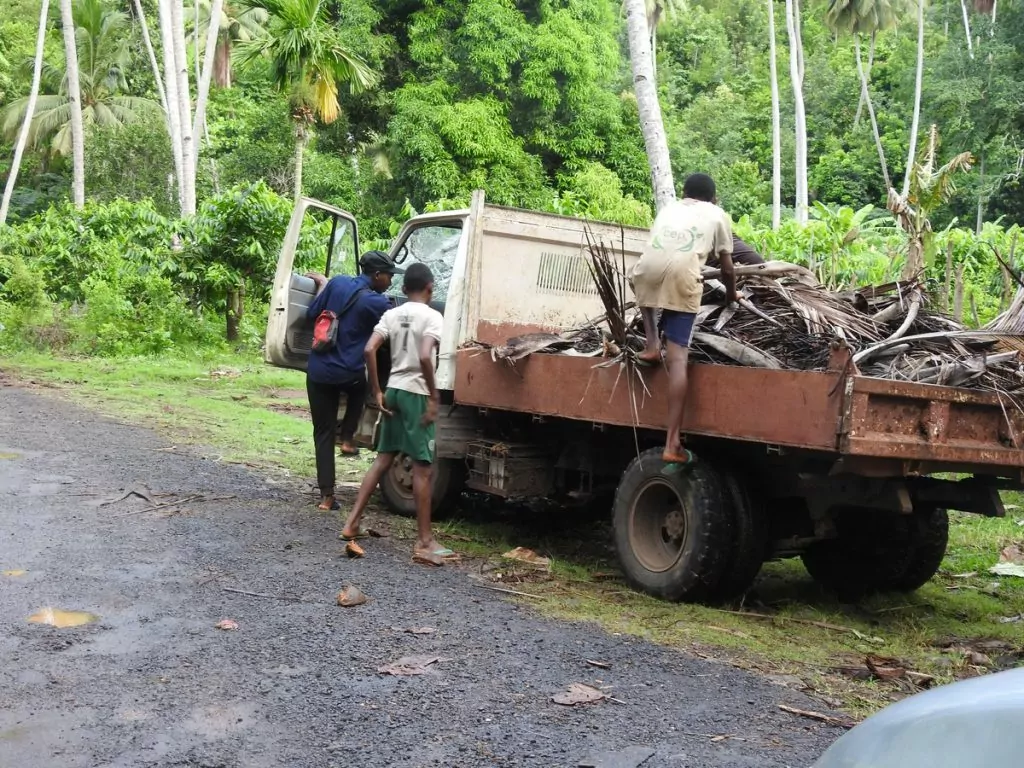
The roads are not much to cheer about, partly asphalt with big holes, dusty after the drought. I wonder in my quiet mind what the roads look like after the big rains that haven't really started yet. Goats block the road, we pass villages where the children call Mzungu when they see my white face in the car.
The fog is thick around Mount Karthala, the still active volcano. At 2361 metres above sea level, it offers a breathtaking view of the island. It takes 6 hours to trek up to the crater, this trek is nothing for my fitness or time management.
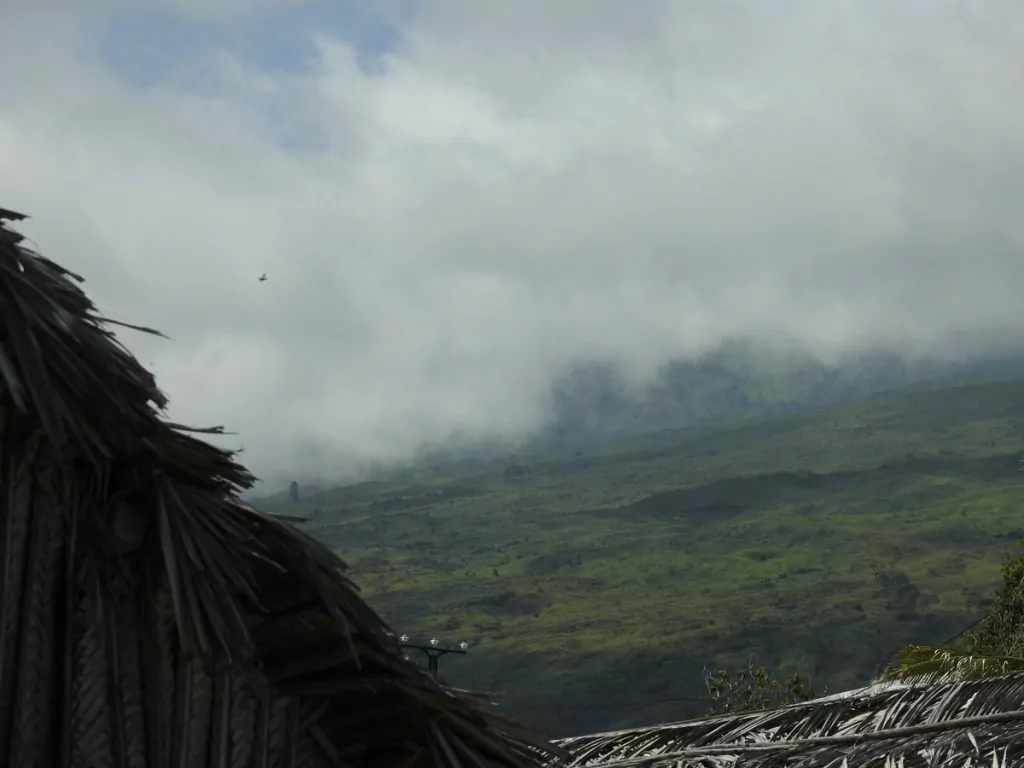
The first stop is at Lac Salé, the Salt Lake, a highly mythical crater lake with brackish water and not nearly as salty as its name suggests.
Legend has it that this was once an ordinary village. A thirsty man visited the village and was denied drinking water in every household except the last house where a woman gave him a drink. The wanderer warned the woman that something bad was going to happen and she packed her things and left with her family. The same evening a flash flood came and drowned the whole village and since then the souls of the villagers are locked in the lake. On the day the lake is full of stones, the souls are released.
To this day, stones are thrown into the lake, no one reaches the surface... Natural religions still play a strong role in the otherwise Muslim Comoros. People often visit the witch doctor and receive good advice, including the sacrifice of a goat in Lac Salé.
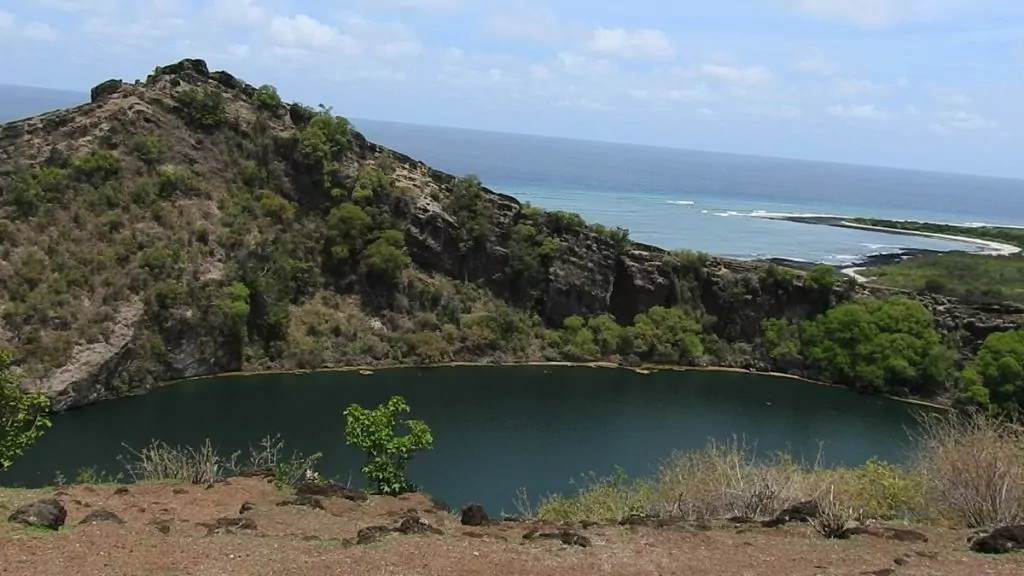
The next stop is at the Dragon's Back, a ridge created by the volcano winds its way to the sea, on the dragon's back you can see statues created by the magma, named the kissing dragons.
Mega-sized fruit bats glide on paper-thin wings between the trees, suck nectar from the white flowers of the baobab trees and nibble on tamarind pods.
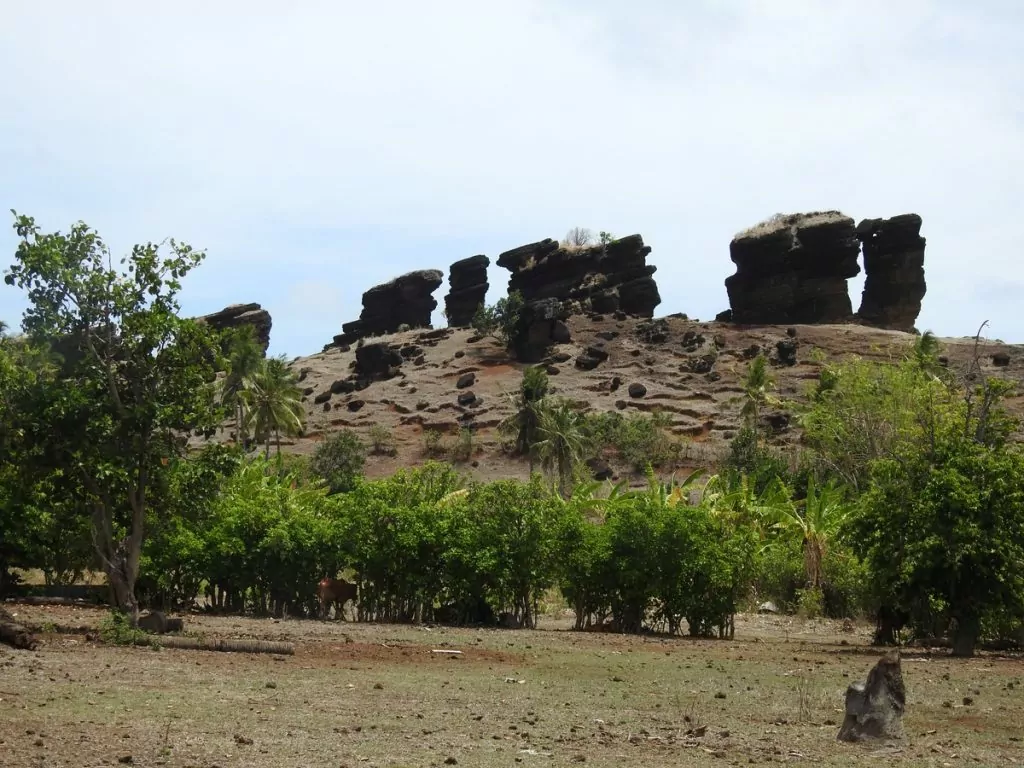
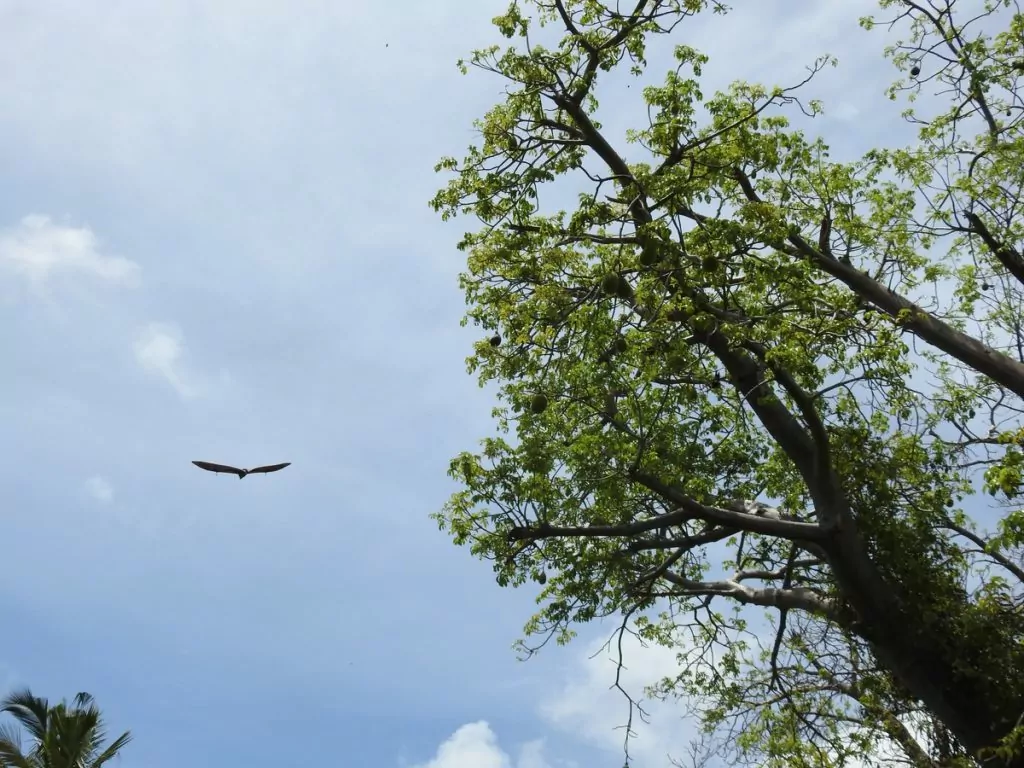
The throne of the Prophet, Trou de Prophete, invites you to take a dip in the bay where legend has it that the Prophet Muhamed once came ashore, chased by pirates. The sea is crystal clear and 26 degrees centigrade and I swim between the two rocks and make a wish, apparently that's what you're supposed to do here.
Lunch is taken in a hut with a palm leaf roof, the enthusiastic chef and owner of the Baobab restaurant has caught the fish that morning, so fresh that it almost jumps off the plate. I'm the only guest, the chef's mate says he's a true Rastafarian and sips his joint. I counter that I'm so old that I've seen Bob Marley live AND been to Shashamane, the Rastafarian community in Ethiopia, which is impressive.
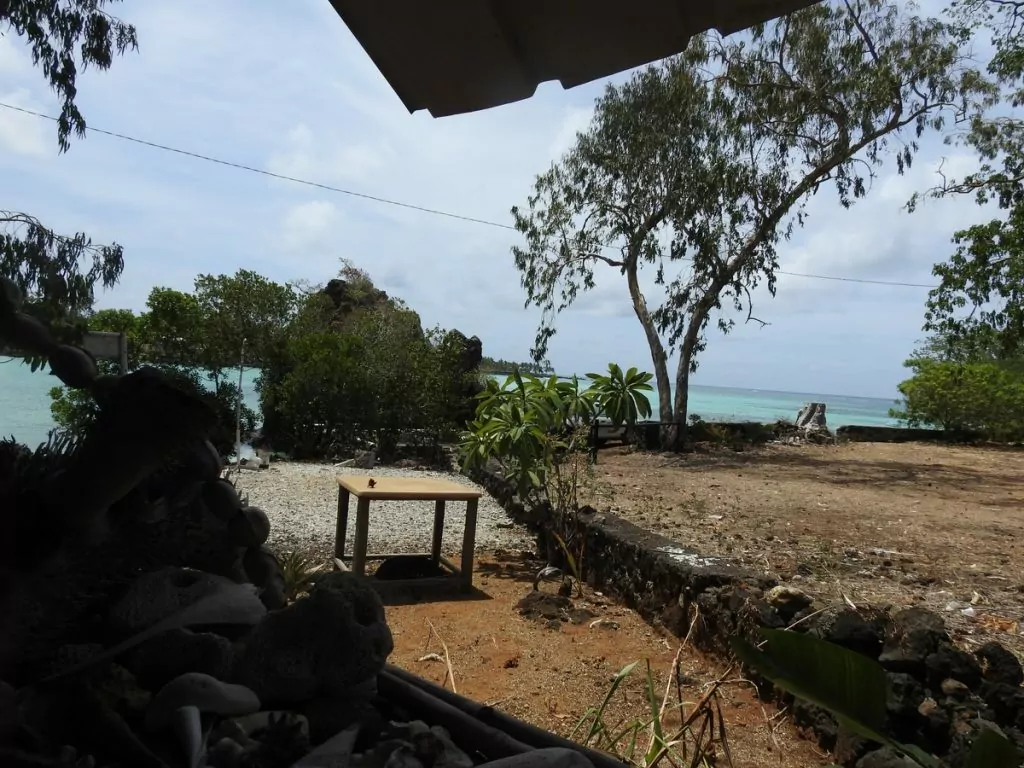
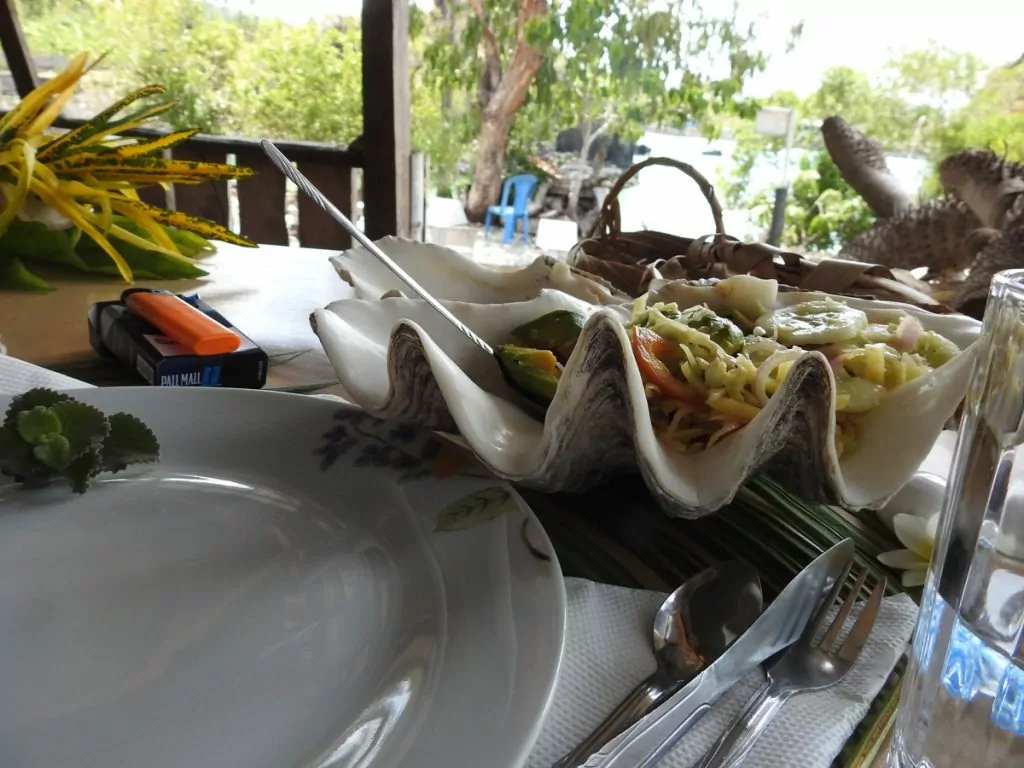
A tiny mosque in an equally tiny village also has a mythological history. It is said that when the villagers woke up one morning, the little mosque was just standing there. No one knows how or by whom. If you visit the place, you should make a wish, and I do.
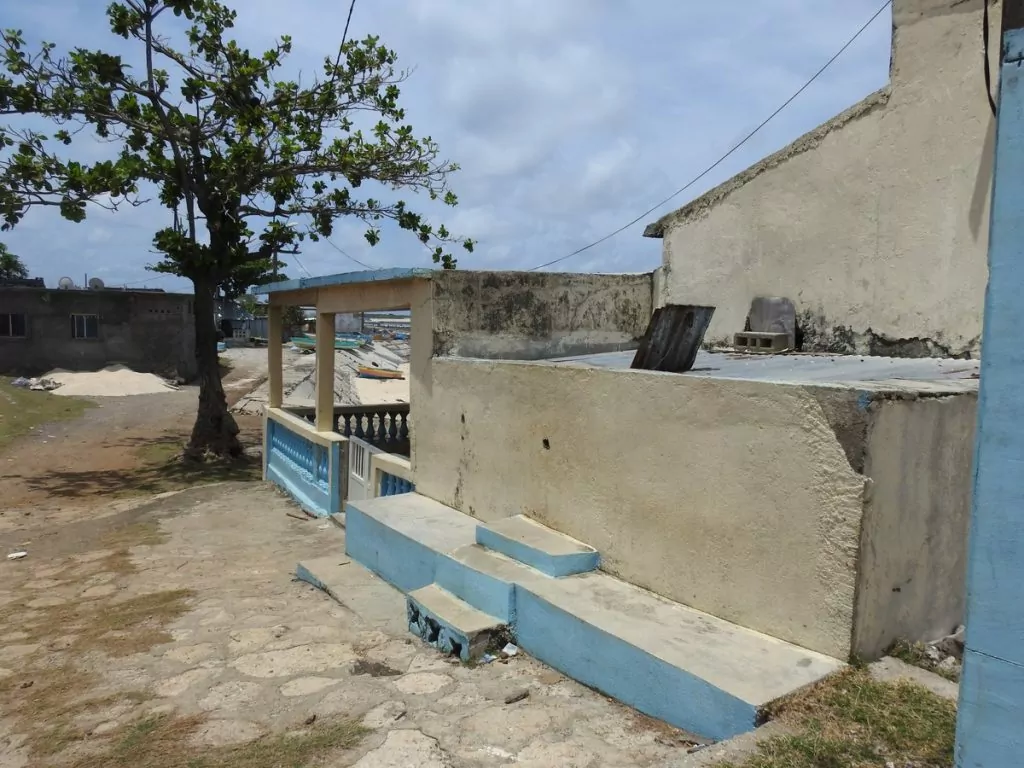
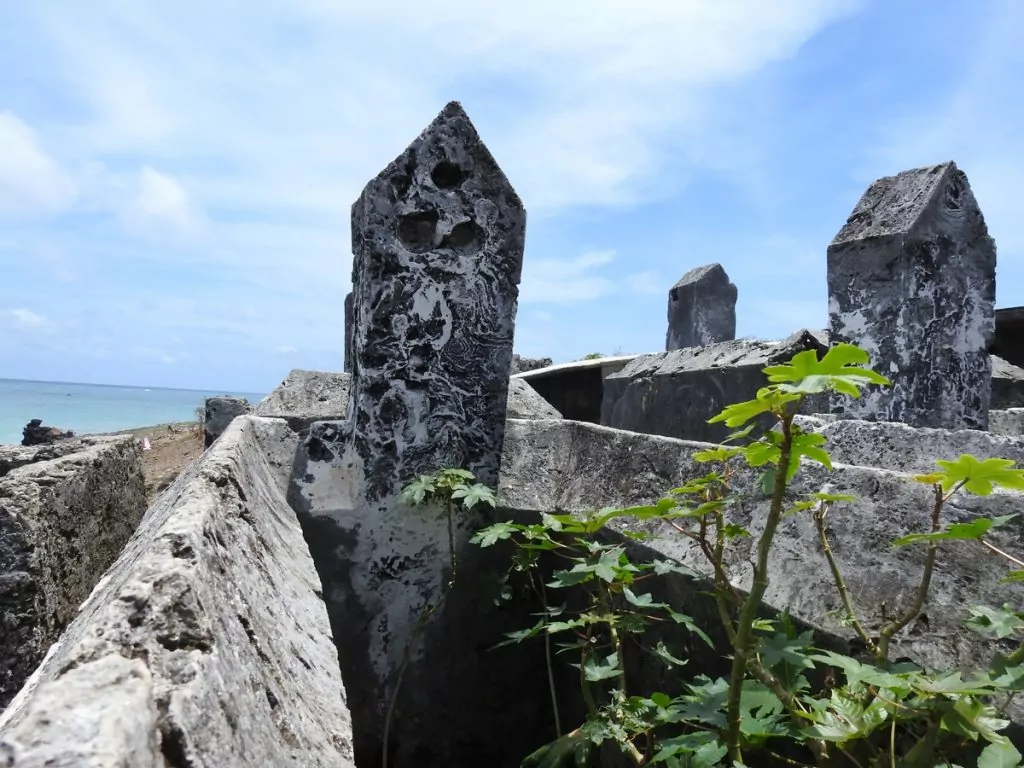
The last stop is the thousand-year-old baobab tree. After several journeys in Africa and numerous baobab trees I know that baobab trees have deep roots in folklore. Here in the Comoros, you can't go near the baobab trees in the middle of the day, the souls living in the tree can be disturbed...
This particular tree was used as a prison, adulterers and thieves were locked up for a week, water and bread.
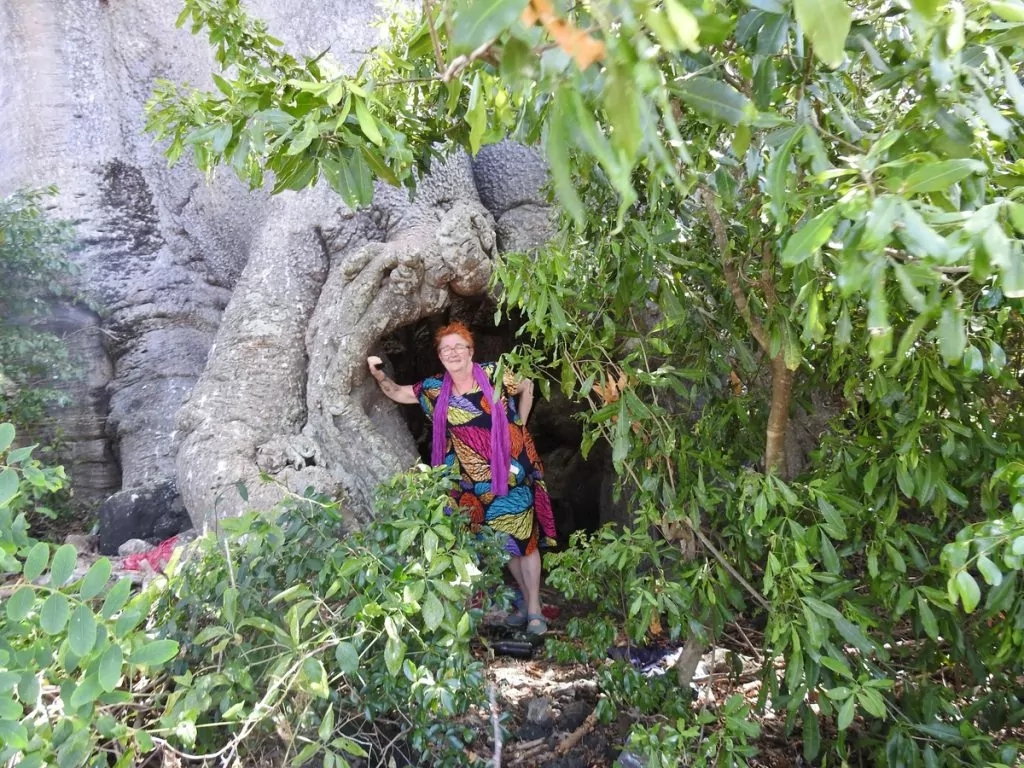
Thus, the days were over on the big island and it was time to move on to the next island, Moheli.
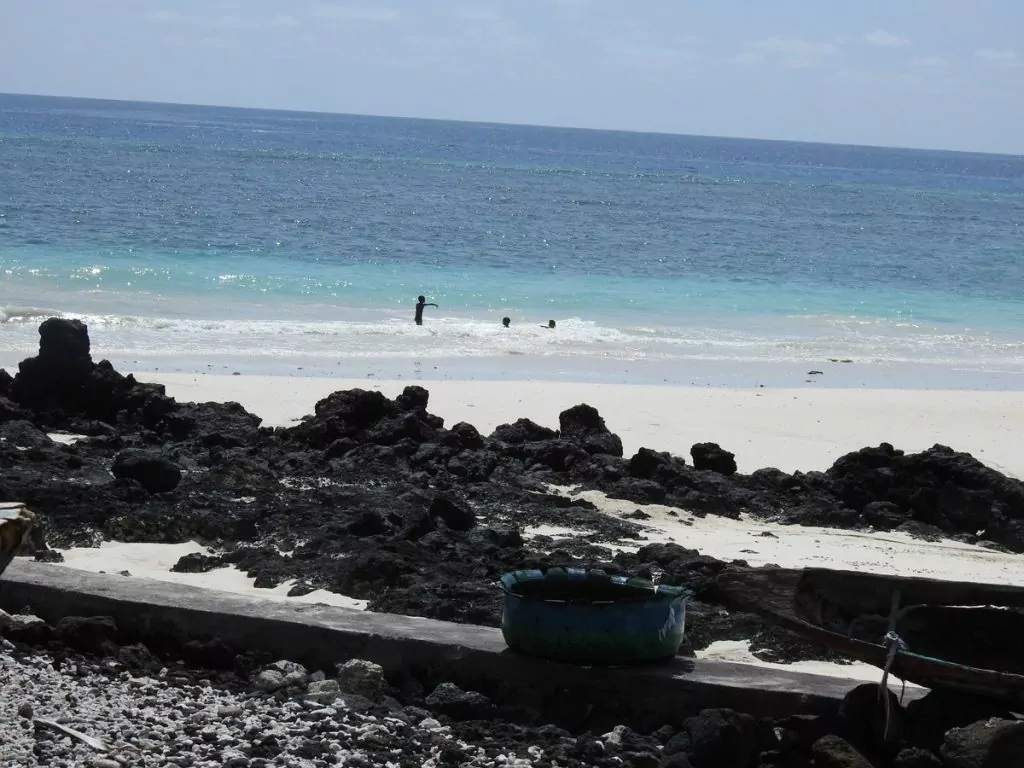
New experiences awaited and, above all, my patience would be tested, but I didn't know that at the time ...


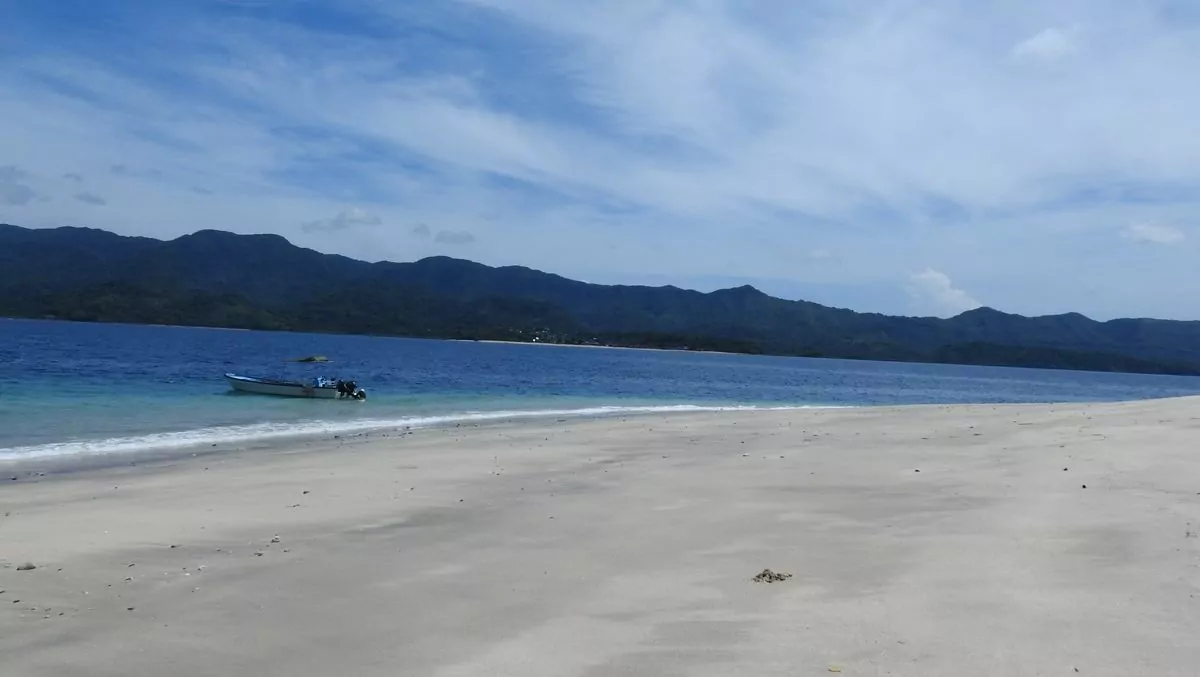






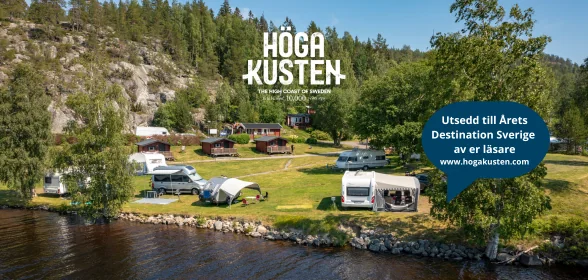


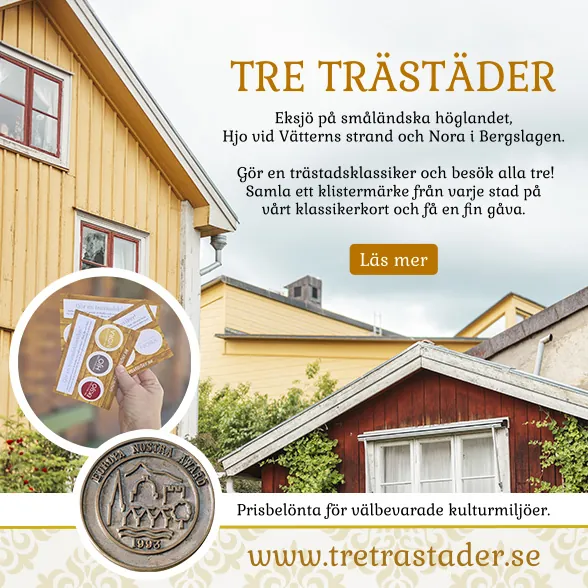
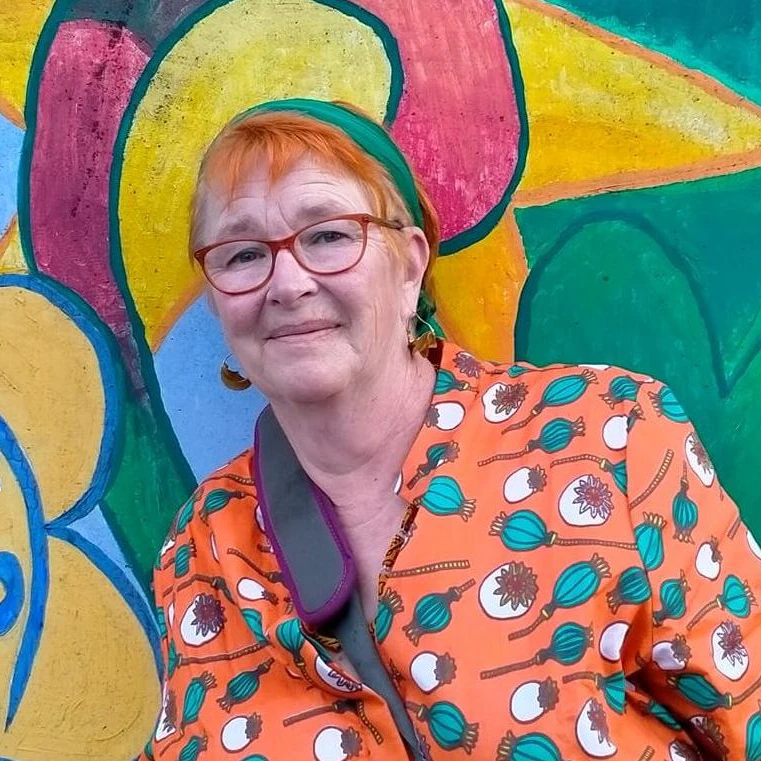
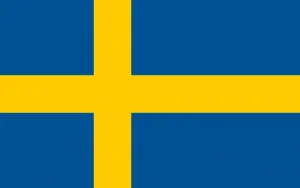
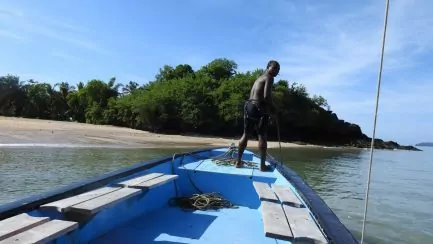
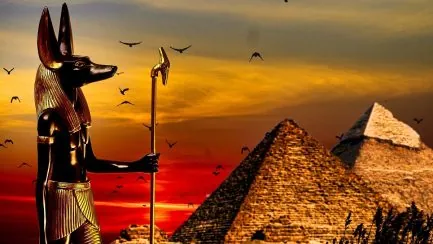
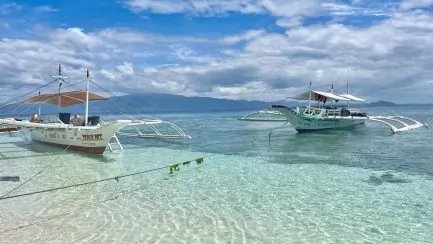
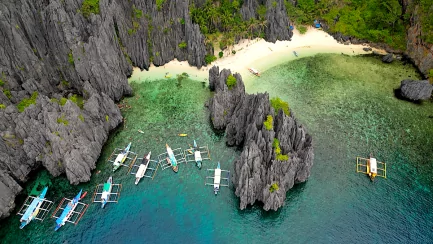
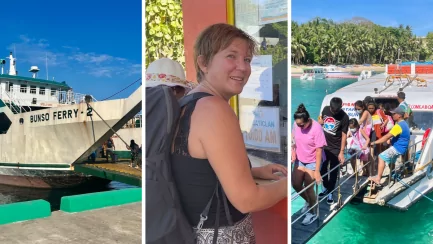
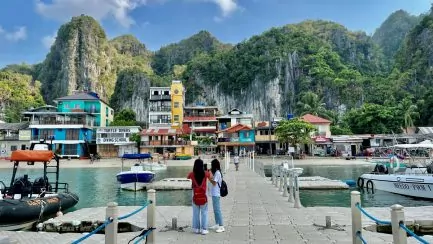



BP says:
An exciting and different post about the Comoros. Imagine going back to basics with paper and stamps. A bit charming actually.
Travelling alone as a woman is brave, I think, especially as polygamy seems to be the rule and not the exception...
Thanks for the nice post and information:-)
11 March 2023 - 17:56
Anna Nilsson Spets says:
Thank you for reading! Now I almost always travel alone and as written; usually to Africa where in many countries multiple wives are allowed and in many families the wives help each other... Polygamy does not affect my travelling alone in any way, the Comoros was as safe as ever.
12 March 2023 - 17:37
4000mil says:
Oh how exciting with the Comoros! Will there be a continuation of the post, it almost sounded like that at the end? 🙂
12 March 2023 - 18:33
Anna Nilsson Spets says:
Of course, part two is coming soon.
13 March 2023 - 7:18
Lena - good for the soul says:
Oh, what a lovely post! Both well written and inspiring! What an adventure!
Hug Lena
21 March 2023 - 15:31